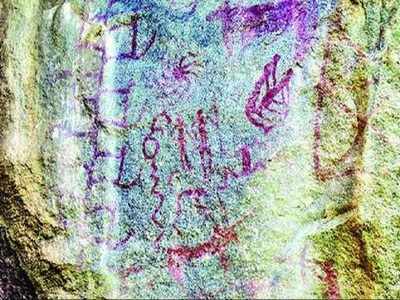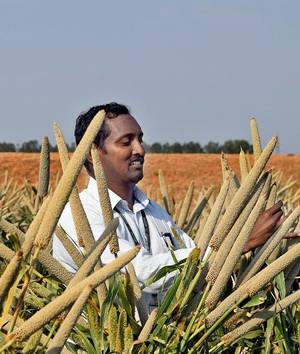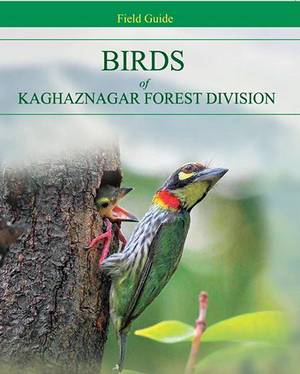
Prof. G. Rameshwaram showing a rare naturopathy book that is a century old.
Passionate about naturopathy, Prof. G. Rameswaram has collected many books
Here is a professor whose passion for collection of books now made him peerless. Among his collection is a century-old handwritten book.
Meet Prof. G. Rameswaram who is passionate about naturopathy, the ancient Indian system of medicine. He visited places across the country collecting books on the system over the decades and built a good library of rare books. His single great collection is a manuscript of 54 pages titled, How I found Nature Cure, by American doctor Henry Lindlahar.
The book is A4-size, lined with blue pencil, and written in cursive style.
The book was released in 1918 and is priced at 13 cents. “It was printed by Nature Cure Publishing House, Chicago, Illinois. Perhaps they have written more copies by hand and hence priced it at 13 cents,” Prof Rameswaram told The Hindu.
According to him, Henry Lindlahar (1862- 1924) was pioneer of Natural Therapeutics. A college was established on his name in America.
Prof. Rameswaram, who retired as professor of Public Administration from Kakatiya University recently, is working on Naturopathy for decades. He currently is senior research fellow of Indian Council of Social Science Research (ICSSR), New Delhi.
Spending his own resources, he built a exclusive library of Naturopathy for the benefit of students, research scholars and academics at his residence where accommodation for outstation visitors is free.
Among his collection include – a handwritten book on the life and works of Vegiraju Krishna of Prakruthi Ashramam, Bhimavaram, dated 1953.
“I have many magazines on Naturopathy that are no more in vogue. I collected in various languages – Telugu, Hindi, English, Tamil, Kannada and Marathi, and four rare books in Urdu as well,” he says.
Prof Rameswaram can be reached on 9885774967 or rameshwaramg@yahoo.
co.in.
source: http://www.thehindu.com / The Hindu / Home> News> States> Telangana / by Gollapudi Srinivas Rao / Warangal Urban Dt – December 24th, 2018






